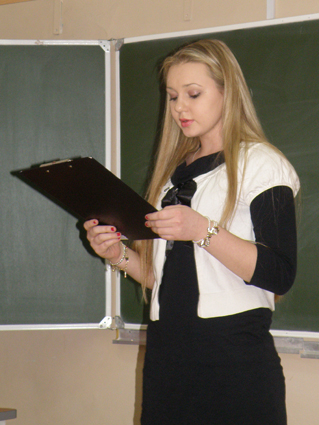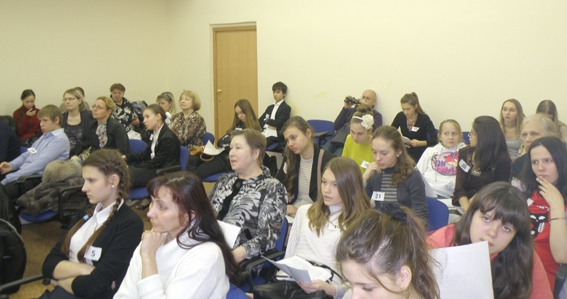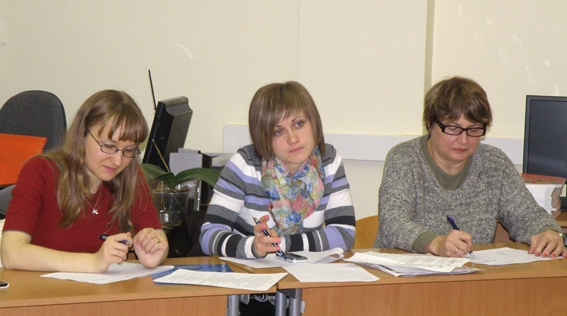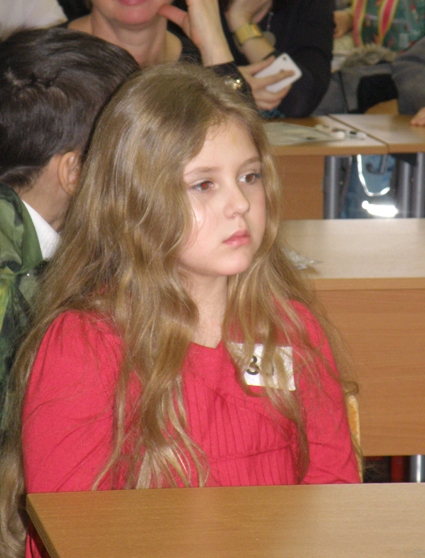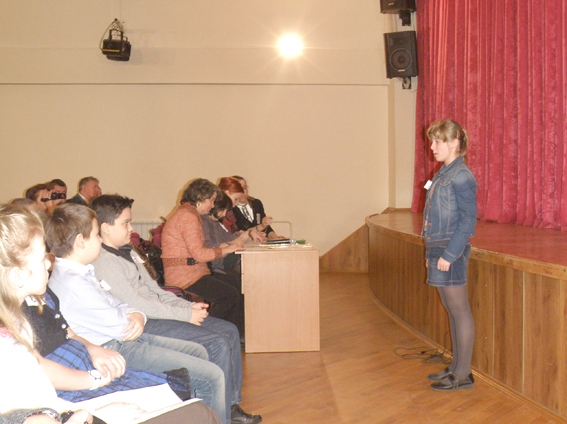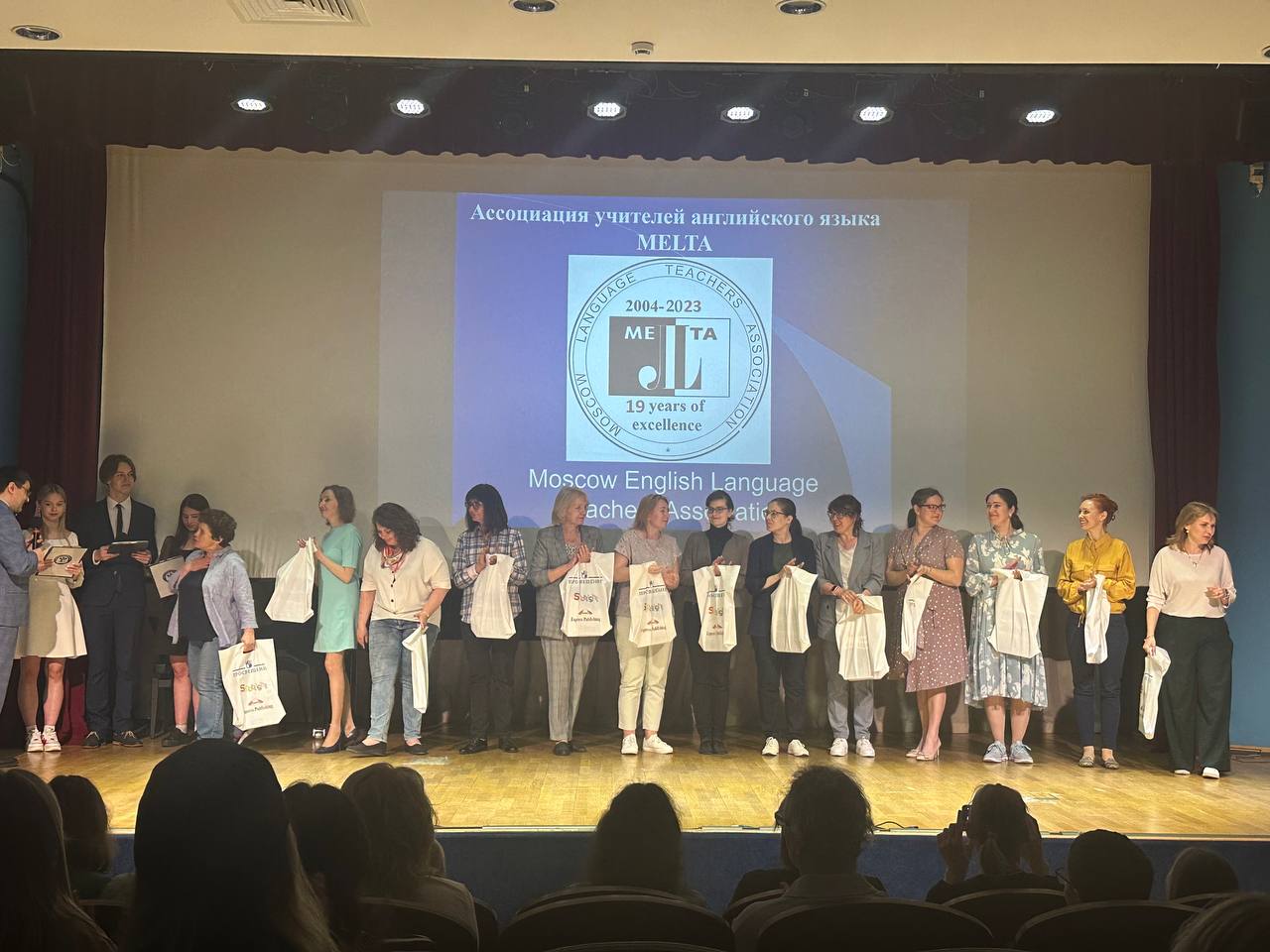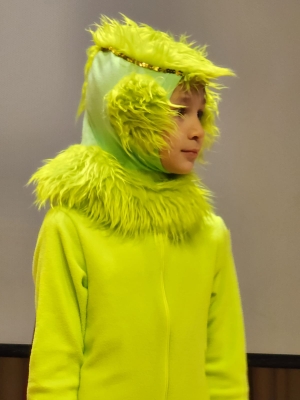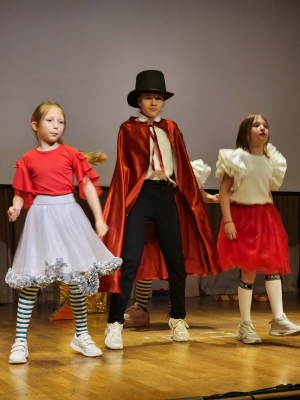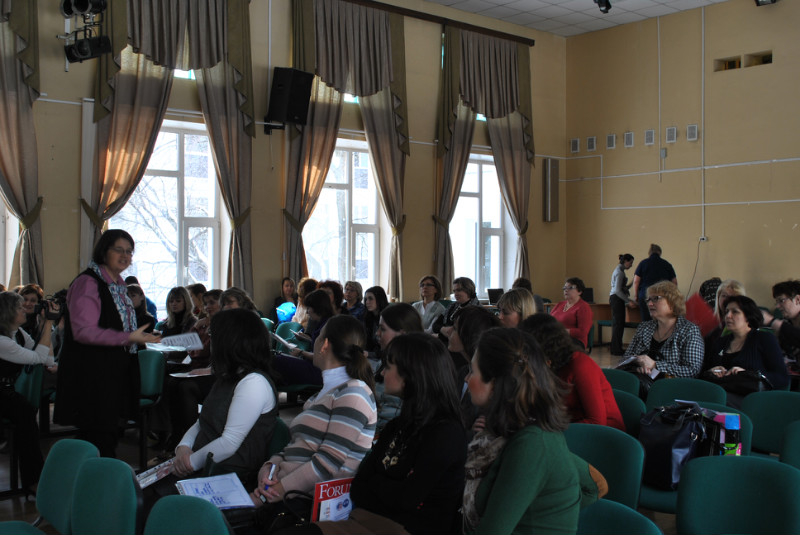Ноя
23
What is the British Council’s approach to
special educational needs (SEN) and inclusion?
What do we mean by special
educational needs and inclusion?
The British Council positively promotes a social model
of disability, assuming differences are a normal part
of diversity, and that teaching must be adapted to the
needs of the learner. The social model emphasises
that society needs to adapt to the individual and it
begins from the needs of the learner in overcoming
barriers to learning. This is different to a medical
model of disability where the impairment or disability
is defined as the problem.
Inclusion means ensuring access to learning and
school curricula is available for all learners whatever
their learning challenges. Successful teaching and
learning celebrates all learners and promotes the
contribution that all learners bring to learning. In this
sense, inclusion is in the interest of everyone and
everyone’s unique contribution is equally valued.
What do we mean by special
educational needs and inclusion?
The term special educational needs (SEN) covers a
wide range of learners who have a learning difficulty
which calls for special educational provision.
These include:
• learners who have a much greater difficulty
in learning than the majority of learners of the
same age
• learners with a disability which hinders them from
making use of the general educational facilities
provided for learners of the same age
• learners who need extra provision because they
have abilities significantly ahead of their peers.
While inclusion often means learning will be
most effective in the same class or group, we
need to consider what specific learning support
and interventions are most appropriate in
individual contexts.
What does the wide range of special
educational needs (SEN) include?
Special educational needs is usually understood
to include:
a. cognition and learning: dyslexia, dyspraxia,
dyscalculia
b. behavioural, emotional and social development
needs: learners with challenging behaviour
c. attention deficit hyperactivity disorder
d. communication and interaction needs: speech,
language, intellectual and communication needs
e. autistic spectrum disorder (ASD) – Asperger
syndrome
f. sensory and/or physical needs: visual, hearing
and physical impairment
g. gifted and talented learners, and learners affected
by global cultural movement and displacement.
